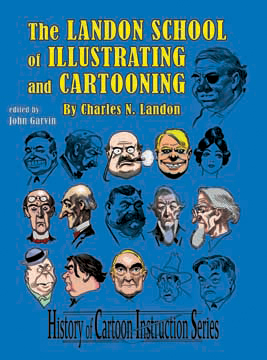 It's that time of year where we don colorful costumes and share spooky stories. To mark the occasion, and since our hero, Jack Cole, was an early master of the comic book horror story, here's a special Halloween / Day of the Dead posting.
It's that time of year where we don colorful costumes and share spooky stories. To mark the occasion, and since our hero, Jack Cole, was an early master of the comic book horror story, here's a special Halloween / Day of the Dead posting.Of course, us comic book, convention-going people don't limit ourselves to just one day a year to dress in colorful costumes. The impressive images below happily show that Jack Cole's beloved creation, Plastic Man is still alive and well! I hope this guy won the costume contest at that convention... he certainly deserves it!
Along the same lines, here's a Plas costume kit for the general populace:
So that's the costume part of our Halloween post. And now, as far as scary stories go, there are fewer more disturbingly dark comics that I know of than Jack Cole's last comic book stories from 1953. Check out these images:
These are from Cole's 1952-54 Plastic Man stories, not -- as you might first guess -- from his horror genre Web of Evil stories. As we see from the Comic Con photos above, Plastic Man is generally regarded to be a cheerful, happy-go-lucky fellow. Not just funny, but fun. So, how do we explain the images of the worried, despairing Plas we see above? Plastic Man started out funny and carefree, laughing at crime. As time went on, he became covered in shadows, and lines of stress and worry ravaged the face that bullets could not alter:
Around 1952-53, the world of Jack Cole's Plastic Man stories became considerably darker and creepier. And deeper. Like the Plastic Man convention-goer above, most people remember Plas in his light-hearted incarnation. But there's also a fascinating, darker version of the character. At first, I didn't even think the later Plas stories were done by Cole. They are so different in tone and appearance. In fact, years ago, I rather turned my nose up and thought to myself, "Idiots! They ruined a great character!"
Today, after having drenched myself in Jack Cole's work for the last two years towards, hopefully, someday creating a book with some new insight into his work, it's not only clear that the later "dark" Plastic Man stories are all Jack Cole's work, but also that there is much of interest to be found in them (if you can stomach the darkness). Suffering is often a prelude to spiritual growth, and there are many moments in these dark stories where Cole's drawings suggest a spiritual awakening. These images, for example, from the story you are about to read have a certain power:
Amid the shadow-drenched tableaux of despairing heroes and victims, Cole sprinkles moments of illumination, such as this. Interestingly, even the women of these stories have a considerably less sexual, more spiritual aspect than we would normally expect to see in the work of Playboy's first signature cartoonist. In contrast to the the cheesecake, beauty poses Cole is known for, his females in these 1952-4 dark stories are shown in mature relationships with men. You can look at these images and sense a connection beyond sexual between the women and the men. Was Cole portraying the maturing marriage of himself and his wife, Dot?
It's dangerous, of course, to read too much into a commercial artist's work done for hire. However, there certainly seems to be a strong connection between Jack Cole's extremely dark last comic book stories and his own life. Just as Cole's early 40s work reflected the strength of the war effort, his early 50s work reflects America's descent into cold war atomic age madness.
In a strange sort of way, the darkness invigorated Cole's work. Once you breach the shock of the darkness, these stories are as amazing as anything Cole created. It was a new phase of inspired creation that has largely gone unnoticed and unexplored.
Here then, are two remarkable, anxiety-drenched deliciously black stories from Police Comics 39, published in January, 1953. Happy Halloween! Brrrrrrr........






































